
CDTFC Statement on FDA Announcement on Menthol
The FDA announced today that it will begin the rulemaking process to ban menthol cigarettes and all flavors in cigars. This is a long overdue victory for public health! For more than 60 years the tobacco industry has been using menthol cigarettes and flavors to addict young people to smoking and to deliberately target the Black community with a product that kills half the people who use it. The industry did this knowing menthol and other flavors make it easier to start and harder to quit smoking. Today's announcement, however, doesn't mean mission accomplished. Federal rulemaking takes a long time to actualize...

Earth Day: Quitting Tobacco Can Save The Planet
Everyone knows that tobacco kills people. But not everyone stops to consider how tobacco also kills the planet. The threat that tobacco poses to the environment extends far beyond the 4.5 trillion butts littered worldwide every year. Butts that are non-biodegradable and toxic. Butts that leach poisons into water, land, animals, plants and babies. The process used to produce tobacco products also uses an enormous amount of precious environmental resources. Tobacco farming, manufacturing, distribution, transport and waste has contributed significantly to global deforestation, soil depletion, fossil fuel reliance, and...
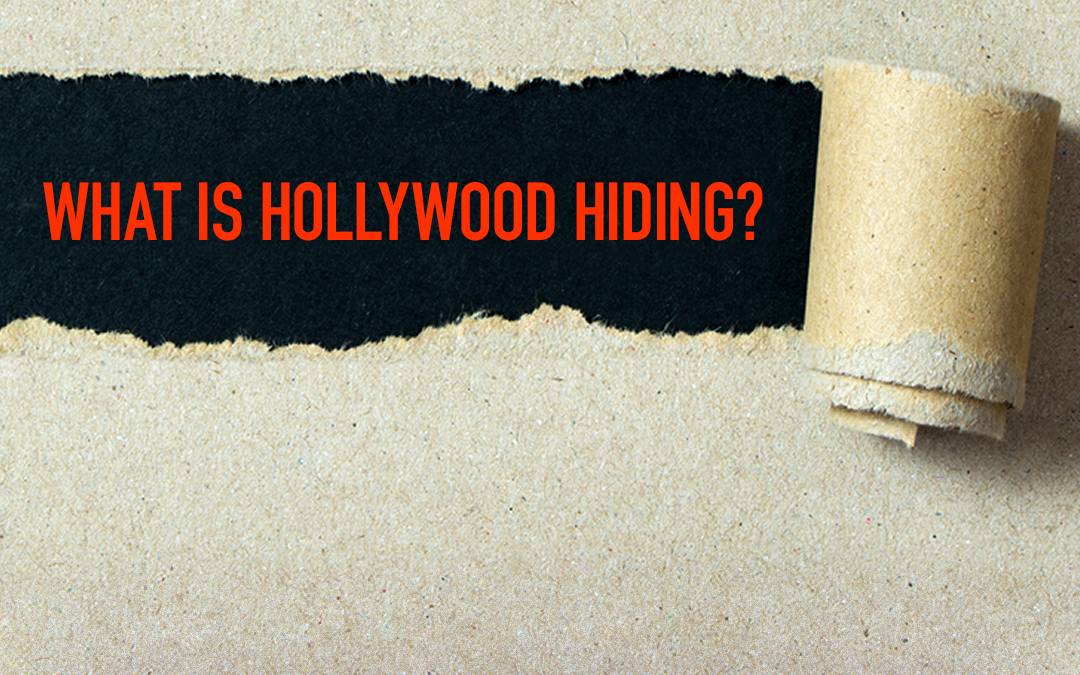
Smoke-Free Movies International Week of Action
As the movie industry celebrates its best at the Academy Awards this Sunday, we are revealing Hollywood's best-kept secret: "Smoking on screen kills in real life." Many young people's favorite actors and actresses light up on and off the movie screen and that has an impact on whether or not they themselves ever use tobacco. The Surgeon General has concluded that there is a causal relationship between depictions of smoking in the movies and the initiation of smoking among young people. Exposure to on-screen smoking leads to 37% of all adolescent smokers in the United States. The Centers for Disease Control and Prevention reported that giving...

Capital District Tobacco-Free Communities applauds Albany County Legislature for passing Local Law “I”
Capital District Tobacco-Free Communities applauds the Albany County Legislature for passing new measures on April 12 to protect residents of multi-unit housing from the harmful effects of exposure to secondhand smoke. Local Law “I” prohibits smoking and vaping of tobacco, marijuana or any similar product in indoor common areas and within ten feet of any windows and other ventilation intake. Eighty-one percent of homes in New York have a “smoke-free house” rule, including 37% of households in which a smoker lives.[i] For residents of multi-unit housing, a rule in their own unit isn’t enough to protect them from secondhand smoke. In addition...
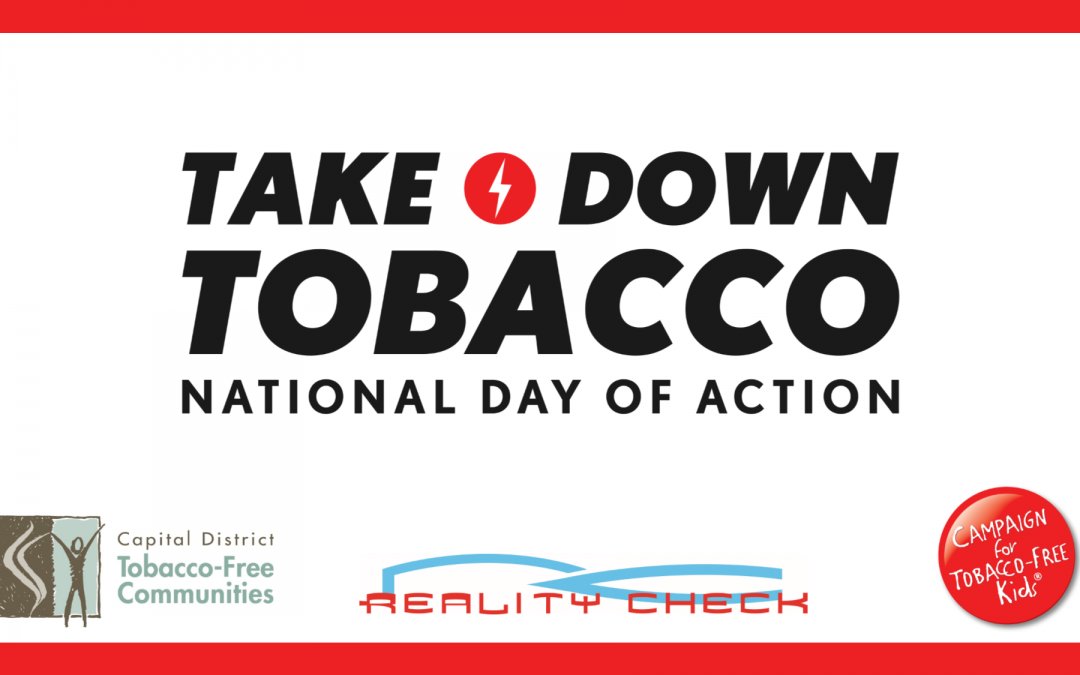
Take Down Tobacco Day 2021
Today is Take Down Tobacco Day! For most of us, April Fool’s Day comes once a year but for the tobacco industry every day is April Fool’s Day. That’s because every day tobacco companies work overtime to fool young people into trying their deadly products. The future of their business depends on it. #TakeDownTobacco Day is an annual day of action sponsored by Campaign for Tobacco-Free Kids that empowers people to stand up and speak out against the tobacco industry. See how our Capital District Reality Check members are taking down tobacco in the video below. To learn more about Take Down Tobacco Day...
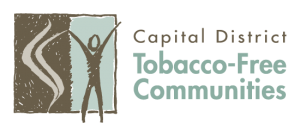

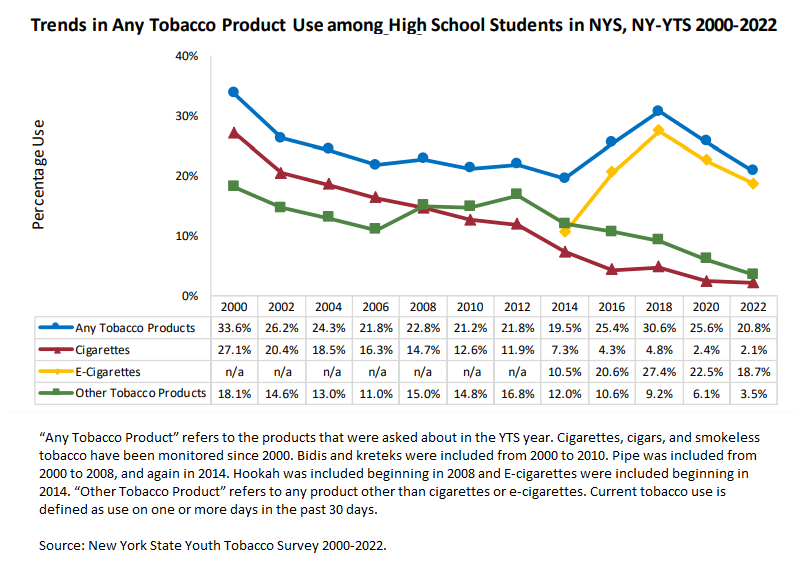
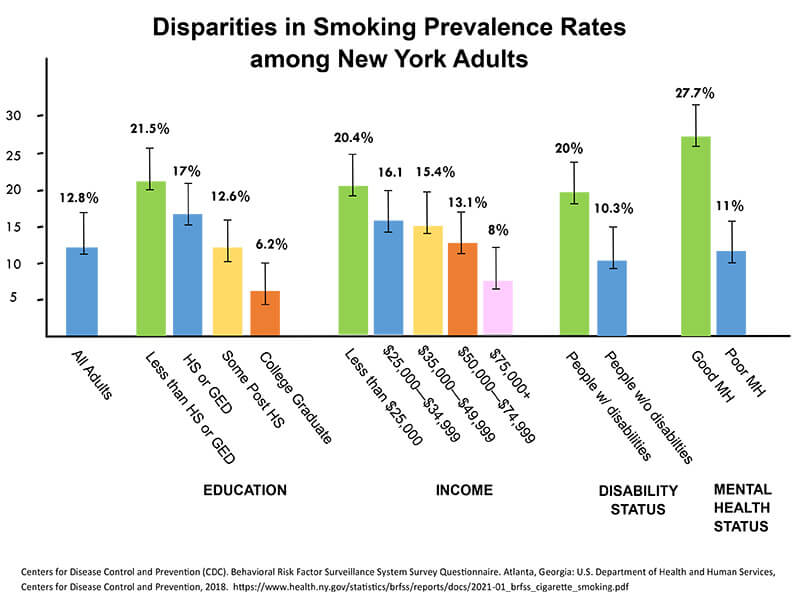
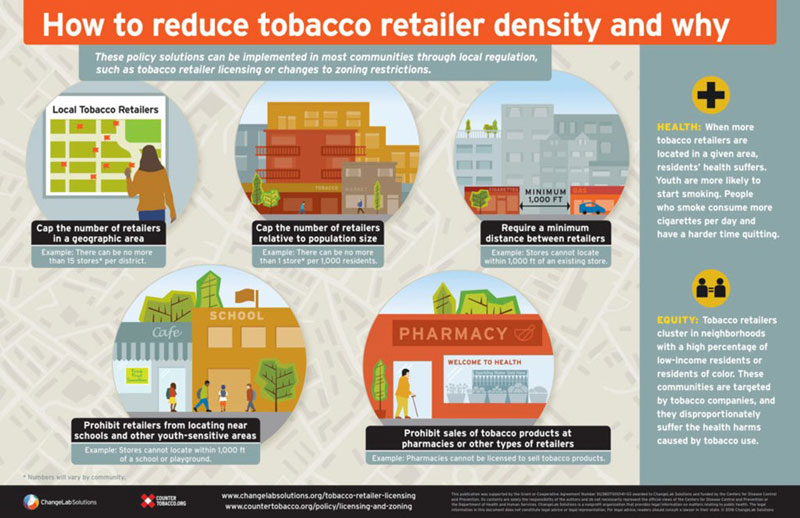



 To the left is a typical tobacco product display. If you don’t use tobacco, you may not even notice, but kids do. Kids see. Kids notice. Kids remember. In fact, kids are more than twice as likely as adults to notice and remember retail tobacco marketing.
To the left is a typical tobacco product display. If you don’t use tobacco, you may not even notice, but kids do. Kids see. Kids notice. Kids remember. In fact, kids are more than twice as likely as adults to notice and remember retail tobacco marketing.